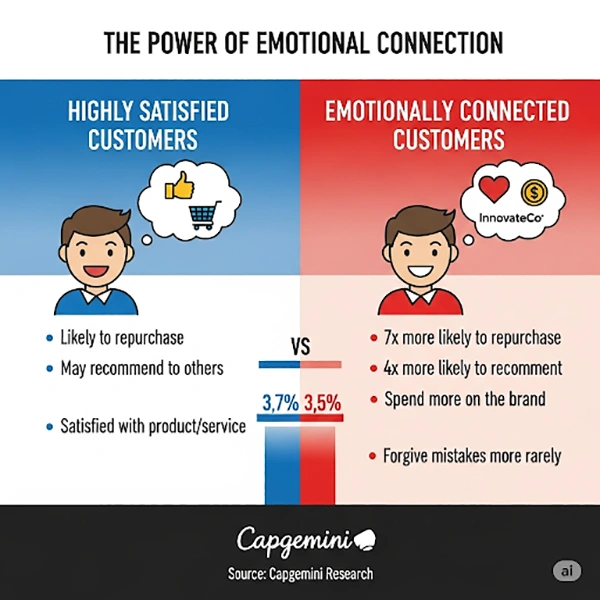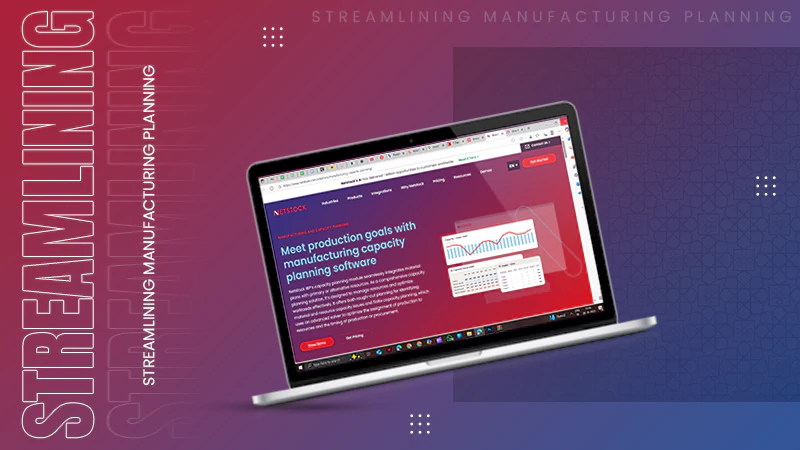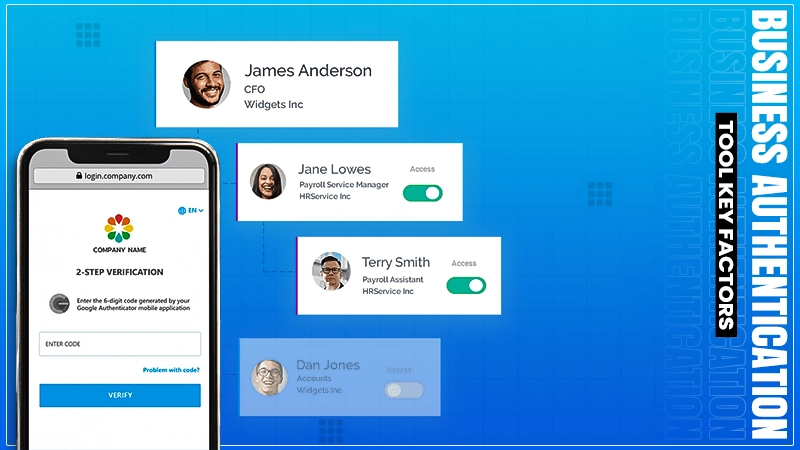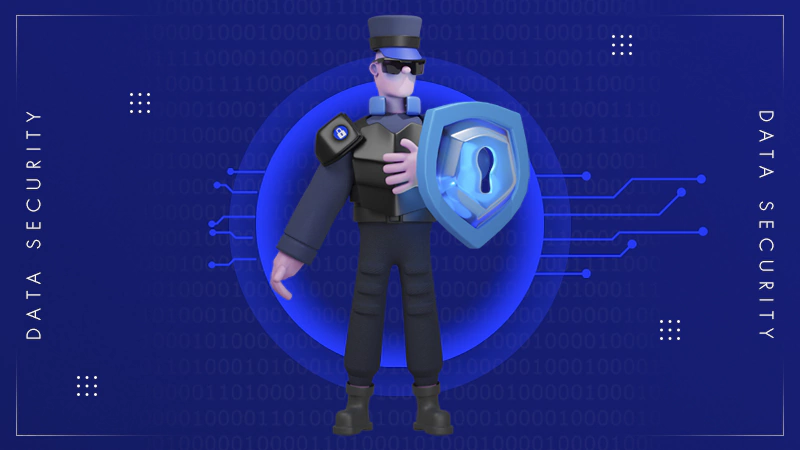A Hook Model is a four-step process that includes Trigger, Action, Variable Reward, and Investment, which can form powerful user habits.
Why Your App’s Success Hinges on Psychology and Community, Not Just Features
In the competition for the product market fit, founders often get trapped in a feature-centric mindset. The mindset of “if I just add one more thing, users will finally love my app” leads to a bloated, unfocused product and a cycle of chasing competitors’ feature lists.
But the truth is, the most successful and mobile apps don’t win on features alone. They win on psychology by understanding the human element, tapping into core psychological drivers to build not just a user base but a loyal, engaged community.
According to a report, the average app loses about 77% of its daily active users within the first three days of installation. To build a product that people integrate into their daily lives, you need to understand the reason behind their clicks, tabs, and swipes.
If you really want to grasp a deeper knowledge, continue reading this article till the end.
KEY TAKEAWAYS
- Successful apps build loyal communities by leveraging psychological principles rather than simply adding more features.
- Use triggers, actions, variable rewards, and investments to create powerful user habits.
- Foster a sense of community to tap into the human need for belonging, which is a powerful retention tool.
- Implement principles like scarcity and the endowed progress effect to generate excitement and motivate users to complete tasks.
How Psychology Drives User Engagement
The Hook Model, popularized by Nir Eyal, demonstrates a four-step process: Trigger, Variable Reward, Action, and Investment, which can form powerful user habits.
A trigger prompts the user to open the app (for example, a notification). The action is the standard behavior (e.g., scrolling a feed), the variable reward is the unforeseeable and exciting content they discover, and the sum invested is a small action they take to improve the service for their subsequent visit (e.g., a post, a follow, or a setting customization).
The Power of Community and Belonging
The following points elaborate on the power of community and belonging:
- Social Proof and Belonging: Humans are designed for connection. We look to others to establish how to act, and we have a subconscious need to belong to a tribe. Your app can improve this by showcasing user counts, testimonials, and, most importantly, by fostering a loyal community.
A user-generated content section, a forum, or team-based challenges can make users feel like they are part of an organization bigger than themselves. This sense of belonging is a successful retention tool.
- The Psychology of Scarcity and Exclusivity: People impose a higher value on things that are precious or exclusive. This can be accomplished through beta access for limited-time offers, early adopters, or special features for “founding members.”
Creating a sense of confidentiality can generate pre-launch hype and make your prospective users feel like valued insiders, turning them into enthusiastic evangelists for your product.
- Endowed Progress Effect: This principle illustrates that people are more motivated to finish a task if they are given an ineffective head start. In an app, this can be as readily apparent as pre-populating a profile to 25% fullness upon sign-up.
This small suggestion makes the task of finalizing the profile seem less daunting and noticeably increases the likelihood that the user will follow through.
INTERESTING FACT
Customers with a strong emotional connection to a brand are over 50% more valuable than highly satisfied customers, according to research by Capgemini.

Designing Apps With Emotion in Mind
Building an app that incorporates these psychological characteristics is a complex undertaking. It needs a deep, empathetic understanding of your target user that goes far apart from simple demographics. This is where the right technical organization can be a strategic asset.
When you surround yourselves with custom mobile app development services that have a fundamental focus on user-centered design, you’re collaborating with a team that understands how to translate these psychological principles into operational features and user flows.
They can additionally assist you in designing onboarding procedures that build community features that foster a sense of belonging, leverage the endowed progress effect, and craft reward techniques that keep users coming back. In the end, features are in essence the skeleton of your app. Its heart and soul come from acknowledging the human on the other side of the screen.
Frequently Asked Questions
What is the Hook Model?
Why is user psychology important for apps?
User psychology is essential to create a deeper connection, turning an app from a simple tool into a cherished habit.
What is the Endowed Progress Effect?
Endowed Progress Effect is the psychological principle that people are more motivated to complete a task if they are given an artificial head start.
How can apps leverage social proof and belonging?
Apps can foster social proof and belonging by showcasing testimonials, displaying user counts, and creating community features like forums or team-based challenges that make users feel like they are part of a larger group.
Ever try to upload a big file on a laptop that sounds like it’s about to take off? Or wait…
It is noteworthy that a significant 86% of business leaders attribute workplace failures to ineffective and non-collaborative teamwork. The essential…
Has your website been experiencing excessive inaccessibility due to error code 521? This is a technical code that shows a…
Did you know? An ideal capacity utilization rate typically ranges from 85% to 90%. Operating within this range indicates strong…
Imagine a sudden decrease in your business, not for any reason related to your product, but because of your login…
Selecting the right manufacturing software can shape the way a business manages production, tracks costs, and meets customer expectations. With…
Have you experienced that most of the customer service calls come with endless menus, and you have to repeat your…
In the contemporary era, nearly all aspects of life are intricately linked to digital systems. Sectors such as retail, finance,…
In today’s increasingly competitive landscape, service providers must strike a balance between resource management, client satisfaction, and profitability. Using spreadsheets…









